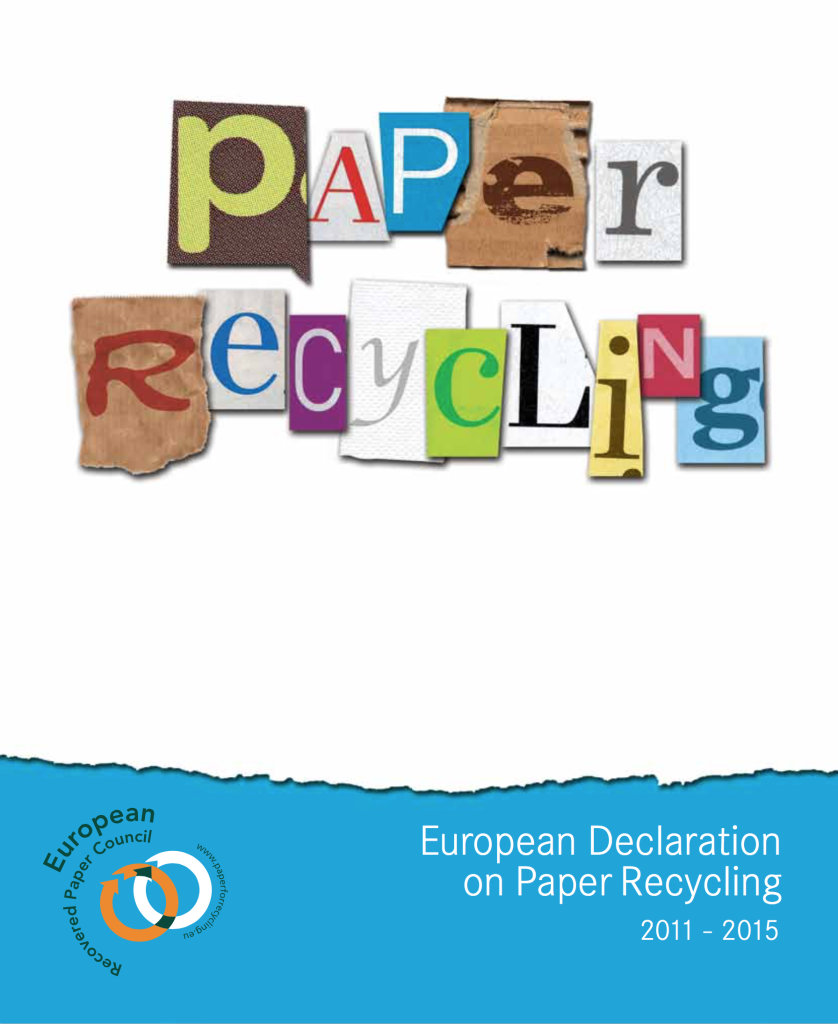Tissue Production
Raw materials
The basic raw material in tissue production is wood fibre, whether used freshly or recycled from waste paper. Wood is a natural and infinitely renewable material that is harvested according to sound environmental principles. Carefully controlled processes steer production; after use the product is returned to nature.
Let us have a closer look at this natural cycle.
In the harvesting of wood high value logs are mainly used for construction and furniture whereas lower value logs – and the wood waste from sawmills and forest thinning – are used for paper. All the produce of the forest is used in some way, either as raw material or energy.
Both directly and indirectly – via recycling – softwood and hardwood forests supply most of the raw materials for the tissue industry. Hundreds of millions of saplings are planted each year, as a complement to natural self-seeding and regeneration which can be more appropriate in some circumstances. Many more new trees are grown than are harvested.
Forestry practices are changing rapidly as the complexity of the forest ecosystems is better understood.
ETS’ member companies are committed under their code of conduct to adopt best forest management practices: to work with nature, not against it.
One aspect of best forest management is to support biodiversity. Wildlife is encouraged, for example, by limiting the size and location of areas that are harvested and by leaving areas of mature trees alongside lakes, rivers and waterways. Thus the water quality for fish is protected and shelters for the wildlife are maintained.
The use of forests for recreation is encouraged and millions of people benefit from this.
Note that raw materials for tissue are never derived from the tropical rainforests. Apart from environmental and economic considerations, teak, rosewood, mahogany and ebony are unsuitable for paper production.
Recycling
Recovered paper is widely used in tissue production; thus the quantity of waste finding its way into landfill sites is substantially decreased. About half of all raw material needs is provided by waste paper. Paper fibre can be recycled several times before it loses its paper-making properties.
The making of tissue products
The tissue industry continues to improve its products and – at the same time – reducing emissions to the environment.
Good Management Practice of all materials, energy and waste
As a consequence of continuous improvements in harvesting and production, emissions to the environment have substantially decreased – often way beyond the requirements of regulations. New process technologies have helped to reduce water consumption.
Environmental assessment technologies are now adopted by many companies to monitor and improve their overall environmental performance; an analysis of the life-cycle of tissue products allows for informed decisions to be made about how environmental performance can be further improved.
Reflecting worldwide initiatives in environmental management systems, the tissue industry in Western Europe is committed to implement continuous environmental improvement in all its products and processes.
After use
Once used, tissue returns to the natural cycle – whether via composting, sewerage systems, incineration or landfill.
Where composting is used to turn domestic waste into a nutrient for agriculture, tissue, an organic material, is a valuable component.
In waterborne sewerage systems, tissue of all colors readily breaks down into individual fibres and then biodegrades. The presence of tissue may contribute to the overall digestion process by enlarging the surface area for microbial contact and by speeding the settlement of suspended solids.
The incineration of waste to generate energy for households and industries is a growing practice. Tissue in solid waste can easily be incinerated to generate energy; tissue waste also helps the combustion of other wastes.
It is therefore clear that not only is the raw material of tissue – trees in the forest – is an infinitely renewable resource, but that the carbon dioxide released by decomposing tissue is a resource to be reabsorbed by the newly growing trees, thus completing the natural cycle.
Bottom line is that – in use and after use – tissue paper is a safe, natural product.
Tissue is everyone’s “natural” choice.
The European Declaration on Paper Recycling 2011-2015:
(read and download it at the following link)
Paper recycling
(towards a common goal of sustainability)












